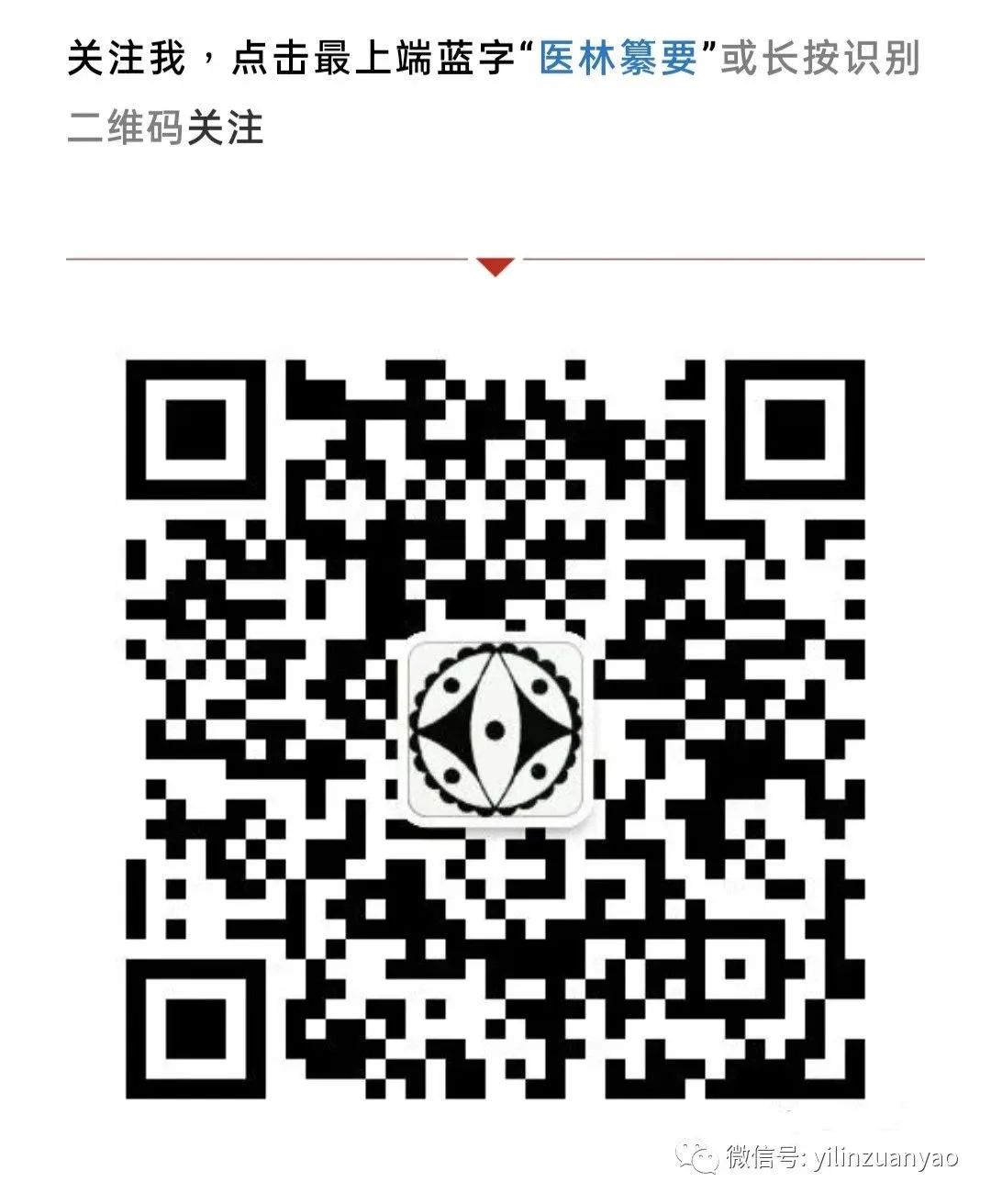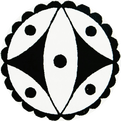The seven emotions—xi (joy), nu (anger), you (worry), si (thought), bei (sadness), jing (shock), and kong (fear)—are types of responses in the interaction between the environment and living beings, representing individual experiences with external manifestations.
The five intentions—shen (spirit), hun (soul), po (corporeal soul), yi (will), and zhi (willpower)—are inherent characteristics and instincts of living beings, possessing an internal nature.
Nature is innate, “the way of heaven,” while emotions are components of nature, “the essence of nature,” representing a subjective psychological impulse.
“Emotions have value,” desires are responses to stimuli, “the response of emotions,” which transform based on emotions into a determined tendency towards the objective, “desires are endless,” and the pursuit of desires inevitably generates emotional activities.
In the interaction between the environment and living beings, through the perception of the zhi (will) of the spirit, the heart makes selections, and the regulation of will leads to different types of emotional responses and appropriate actions by the individual.
In a certain sense, the occurrence of the seven emotions is not primarily due to liver stagnation and internal injury, but rather the differing characteristics of individual responses to external stimuli, focusing on external sensations.
Although the five intentions are inherent characteristics and instincts of living beings, mostly “the way of heaven,” they are closely related to temperament and constitution, influenced by both innate qualities and certain learned characteristics, but can be altered and regulated through habits or medicinal interventions.
The seven emotions—xi (joy), nu (anger), you (worry), si (thought), bei (sadness), jing (shock), and kong (fear)—are types of emotional responses in the interaction between the environment and living beings. Traditional Chinese Medicine (TCM) believes that “the seven emotions are the common nature of humanity”; they are both an instinctive impulse and a behavior, an experience and a reaction, representing a complex state of humanity. As stated in the “Xunzi: Correct Names”: “Nature’s likes, dislikes, joys, angers, sorrows, and pleasures are called emotions”; “Nature is the way of heaven, emotions are the essence of nature, and desires are the responses of emotions,” which are also related to natural qualities and are components of nature.
Human desires manifest in various ways; any subjective hope for satisfaction or psychological motives driving people to achieve certain goals falls within the realm of desires. Since “human emotions and desires are boundless,” some desires, once satisfied, give rise to new, higher-level desires, thus emotions and desires have both beneficial and detrimental effects on health. As stated in the “Daozang Jinghua Lu”: “Human nature must have emotions. What nature feels is emotion; what emotion settles is desire. Emotions arise from nature, and emotions can contradict nature; desires arise from emotions and can harm emotions.” Zhu Xi stated, “Joy, anger, sorrow, and pleasure are emotions; when they have not yet manifested, they are nature; nature is stillness, and its movement is emotion.”
Organs have strengths and weaknesses, and the viscera have fragility; emotional tendencies and desires have preferences, reflecting certain temperaments, constitutions, and natural endowments. Living beings respond to external stimuli, “moving in response to stimuli” and “knowing and interacting with things, thus generating likes and dislikes.” “Emotions” are not merely a simple response or experience; they involve multiple psychological and physiological levels, including the heart’s awareness, the soul’s excitement and restraint, the regulation of will, the transformation of physical actions, and the compensation and feedback of organ qi and blood, all of which play a crucial regulatory role in the process of “emotion—awareness—response—expression—action.”
The seven emotions, due to individual characteristics, exhibit differences in expressiveness, directionality, inducibility, profundity, coordination, stability, appropriateness, effectiveness, feedback, and self-awareness. Although the forms of emotional expression are diverse, they can be summarized: “Although there are seven emotions, joy and love are both aspects of desire; anger, sorrow, and fear are both aspects of aversion. Thus, the seven emotions of desire and aversion can be encompassed.”
1. Joy
Joy is a positive emotion associated with yang. Laughter is a manifestation of joy. The “Zengyun” states: “Laughter is joy that opens the face and brightens the complexion,” and the “Analects” states, “One laughs only after joy.” Joy is the will of the heart, a unique expression and manifestation of human emotion.
Joyful laughter promotes the smooth flow of heart spirit, heart will, and the circulation of qi and blood, benefiting health. However, excessive or prolonged joy can become a pathogenic factor. The “Lingshu: On the Spirit” states, “Excessive joy scatters the spirit and does not store it,” and the “Suwen: On Pain” states, “Joy causes qi to relax,” leading to scattered heart qi and the spirit having no place to reside. “Extreme joy leads to sorrow”; boundless joy can harm the lungs and injure the corporeal soul. Manifestations include: mania, loss of focus; skin dryness, hair loss, and pale complexion.
Excessive joy or an inability to bear intense joyful emotions due to internal deficiency of heart qi can lead to pathological conditions of joy. The heart houses blood and shelters the spirit; if excessive, heart qi disperses and does not gather, leading to various manifestations of scattered heart spirit: one is the damage to heart qi; the other is the onset of chaotic conditions.
2. Anger
Anger is characterized by irritability or unjustified anger, representing a vigorous emotion. Repressed anger is an extremely unpleasant feeling and also reflects a lack of ambition.
When one’s personality is suppressed or insulted, and grievances cannot be expressed, the accumulated resentment remains in the heart, leading to stagnation in the liver, which can further develop. A lack of civility and cultivation, an inability to tolerate or being mocked in self-esteem, unresolved conflicts, and accumulated grievances can exceed the limits of self-control, leading to “anger causes qi to rise” and “anger causes qi to reverse,” resulting in explosive anger.
This can disrupt the flow of qi, causing yang qi to rise and qi and blood to reverse. Since the liver governs the smooth flow of qi, “in intention, it is anger,” thus “anger harms the liver”; simultaneously, excessive rising of liver qi can lead to blood reversing with qi, potentially causing vomiting blood, fainting, and diarrhea.
From the manifestations of anger-related symptoms and their mechanisms, it is easy to deduce that the nature of anger belongs to yang, leading to excessive upward and outward movement of qi. “Excessive anger leads to confusion and unhealed conditions”; persistent anger can harm the kidneys and injure willpower, manifesting as: forgetting previous words; inability to bend or stretch the waist and spine, hair loss, and pale complexion.
3. Worry
Worry is characterized by anxiety and gloom, representing a negative emotion. Prolonged dissatisfaction or adverse mental states in difficult circumstances, such as anticipating unfavorable outcomes in social life, lead to anxiety, mental distress, and emotional gloom.
“Worry causes qi to accumulate”; “those who worry and grieve have qi that is blocked and does not flow”; unresolved worry leads to wood overcoming earth, thus harming the spleen and injuring willpower, manifesting as: restlessness, inability to lift limbs; hair loss, and pale complexion.
4. Thought
Thought is characterized by restless thoughts and discomfort in the abdomen, representing a positive emotion. Thought can focus the mind, stabilize will, and awaken desires, but “thought leads to the heart having a focus, and the spirit having a place to return, thus righteous qi remains and does not flow, causing qi stagnation.”
Thought is contemplation, which involves long-term focus on a particular matter or excessive desire leading to stagnation. Excessive contemplation can lead to the gathering of will and spirit, resulting in various manifestations of qi stagnation over time. Since the spleen “in intention is thought,” thus “thought harms the spleen,” leading to common issues of impaired transformation and transportation. Qi stagnation leads to spleen obstruction, resulting in abdominal distension, poor appetite, and potentially diarrhea; due to thought leading to qi stagnation, insomnia, lethargy, dizziness, and fatigue may also occur. Severe cases can affect reproductive function, leading to nocturnal emissions in men, and leucorrhea and muscle malnourishment in women. Due to the relationship between the spleen and thought, excessive contemplation primarily leads to diseases related to impaired spleen function.
Excessive worry and thought can harm the heart and spirit, manifesting as: fear of losing oneself, breaking free from constraints; hair loss, and pale complexion.
5. Sadness
Sadness is characterized by a desolate state of mind, representing a negative emotion. While worry and sadness differ in intensity, both belong to the lung’s will, reflecting emotional responses to adverse stimuli.
Excessive sadness and grief can easily lead to the contraction of qi, blocking its flow, ultimately resulting in abnormal lung qi dispersal and loss.
Sadness and worry can lead to disease; in terms of their nature, they belong to yin pathogenic factors, often affecting the heart and lung systems, leading to symptoms of heart anxiety and lung distress. Symptoms include a desire to cry, gloomy expression, chest tightness, excessive sighing, and lung qi deficiency; in severe cases, it can lead to obstructive conditions in the upper and lower parts of the body.
6. Shock and Fear
Shock is characterized by tension and fright, representing a passive emotion. Fear is characterized by timidity and intimidation, also a passive emotion. Shock is a sudden mental stimulus, while fear is excessive dread; the difference is that shock is unrecognized while fear is recognized, both being adverse stimuli that can disrupt the flow of qi or impair the kidney’s ability to receive, while severe shock can also harm the heart and spirit, thus shock is also associated with the heart’s will.
In severe cases, symptoms may include mania, laughter, singing, unrestrained behavior, and wild talk; the “Neijing” states that these conditions are all due to “great fear.” Fear causes qi to descend, while shock causes qi to become chaotic, both damaging qi, blood, the five organs, and spirit. The two have distinct yin and yang characteristics; shock leads to chaotic qi and mental disturbance, while fear leads to qi being drawn inward and downward, thus belonging to yin.
This article is excerpted from Yan Zhaojun’s “Traditional Chinese Medicine Treatment of Mental and Behavioral Disorders: Interpretation of Will and Intention Differentiation”; the title is added by the editor. Copyright belongs to the relevant rights holder, and this public account uses it for academic exchange. If there is any infringement, please contact the editor for deletion.


